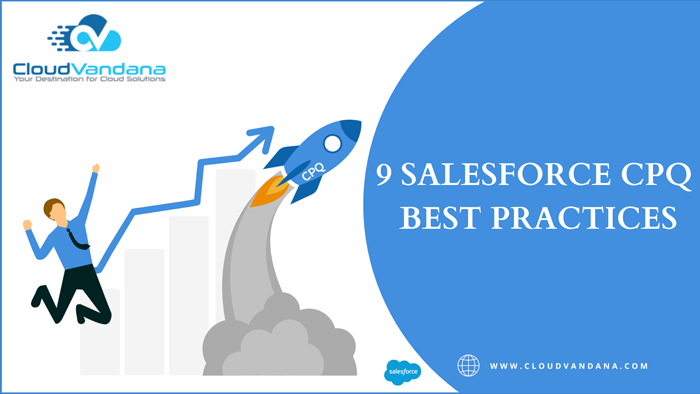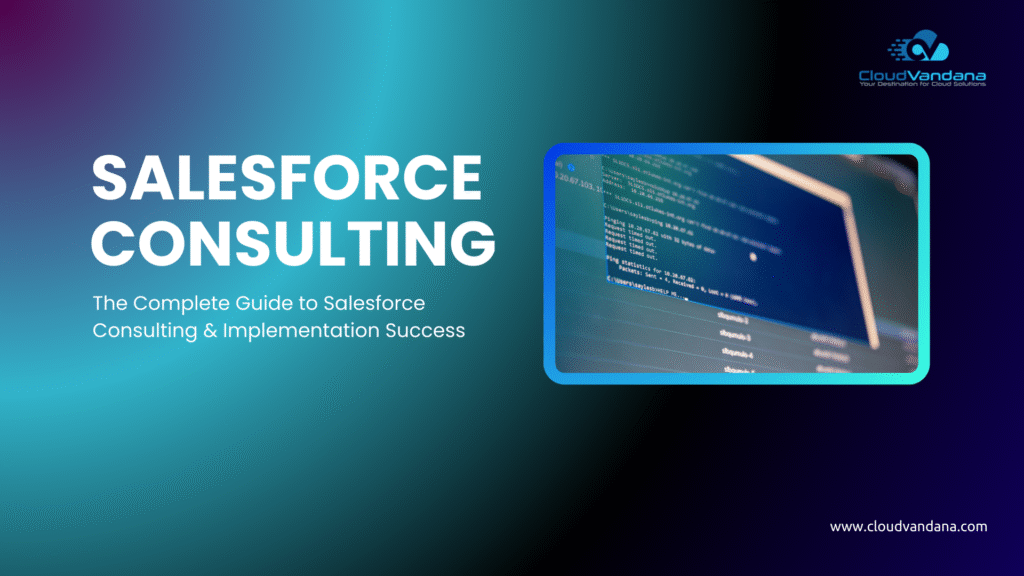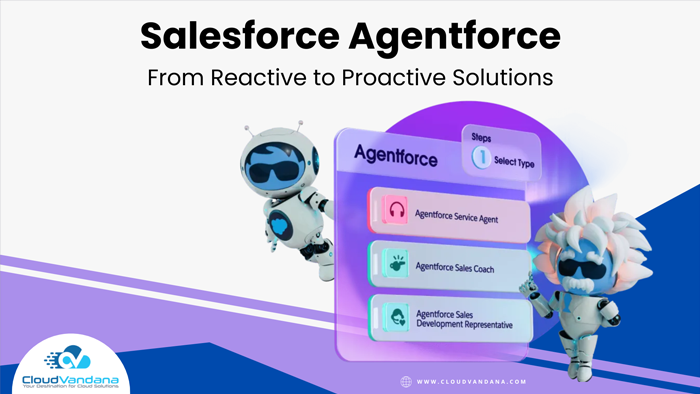Salesforce CPQ stands for Configure, Price, Quote, a business software application designed for sales teams to provide product options and prices with accuracy. Implementing a CPQ system makes the sales process more efficient, productive, and successful.
In this blog, CloudVandana will discuss nine Salesforce CPQ best practices.
Let’s look at the details-
Salesforce CPQ Best Practices
1. Understand The Organizational Needs
Organizations should list exactly what they want from this software. They can list the requirements and the way they are currently generating quotes for the customers. Organizations should consider the current process for creating quotes for custom products, the various forms of customizations for organizational enhancements, and customization options to add in the future.
2. Create Buy-In
After deciding to implement Salesforce, organizations need to generate employee buy-in. There may be a learning curve as employees adjust to the software. Focus on the benefits of enjoying the clarity and efficiency of CPQ software to stay more competitive and grow.
3. Craft The Plan
It is important to craft the implementation plan for business. This should be a collaborative operation. There should be a transition team made up of employees. Organizations can keep it small and focused.
4. Anticipate Problems
The software team should be able to use their expertise to help with this. But ultimately, the organization knows best what could go wrong with the business. They should ensure that the production engineers are sitting in the brainstorming session so that they can suggest the best solution for their business. The parameters drawn by the organization can safeguard the orders to generate quotes for products. It is recommended to anticipate the problems first and then handle them before the implementation process and try to handle them in between the rollout.
5. Train The Employees
It is not enough for sales staff to understand how the software will work. The training should include all engineers and the production staff on the floor so that everyone knows the program’s impact on the work. The team should be ready to go for the launch, so there will be no missing pieces on the employees’ end for implementation.
6. Stick To A Proper Plan
After getting into the implementation stage, organizations might need to alter their plan. But it is suggested not to alter immediately if the task is not urgent. A note can be taken, and the changes can be made later.
7. Support Of A Reputed Software Company
Organizations can take the help of a reputed software company like CloudVandana for successful implementation and maintenance processes. As the resources provided by the software company are skilled and well-trained, they can easily handle any problems caused during the implementation process.
8. Reconsider The Progress
After finishing the roll-out, organizations should review the whole process to check for any possibilities for betterment. The team should address any concerns which were documented during the launch. To move forward, the team should assess the scope of improvements for growth.
9. Launch
This is the final stage of CPQ implementation. For a successful launch of the CPQ software, the organization should ensure that the team should work together. Cohesiveness is a must for any new undertaking, especially with this specific type of roll-out. When the teamwork is collaborative, the process of the launch becomes smooth.
Are you looking for Salesforce Staff Augmentation to manage all your Salesforce tasks? Please schedule a free consultation call with reputed Salesforce Partner CloudVandana and stay one step ahead of your competitors. Call us now.










